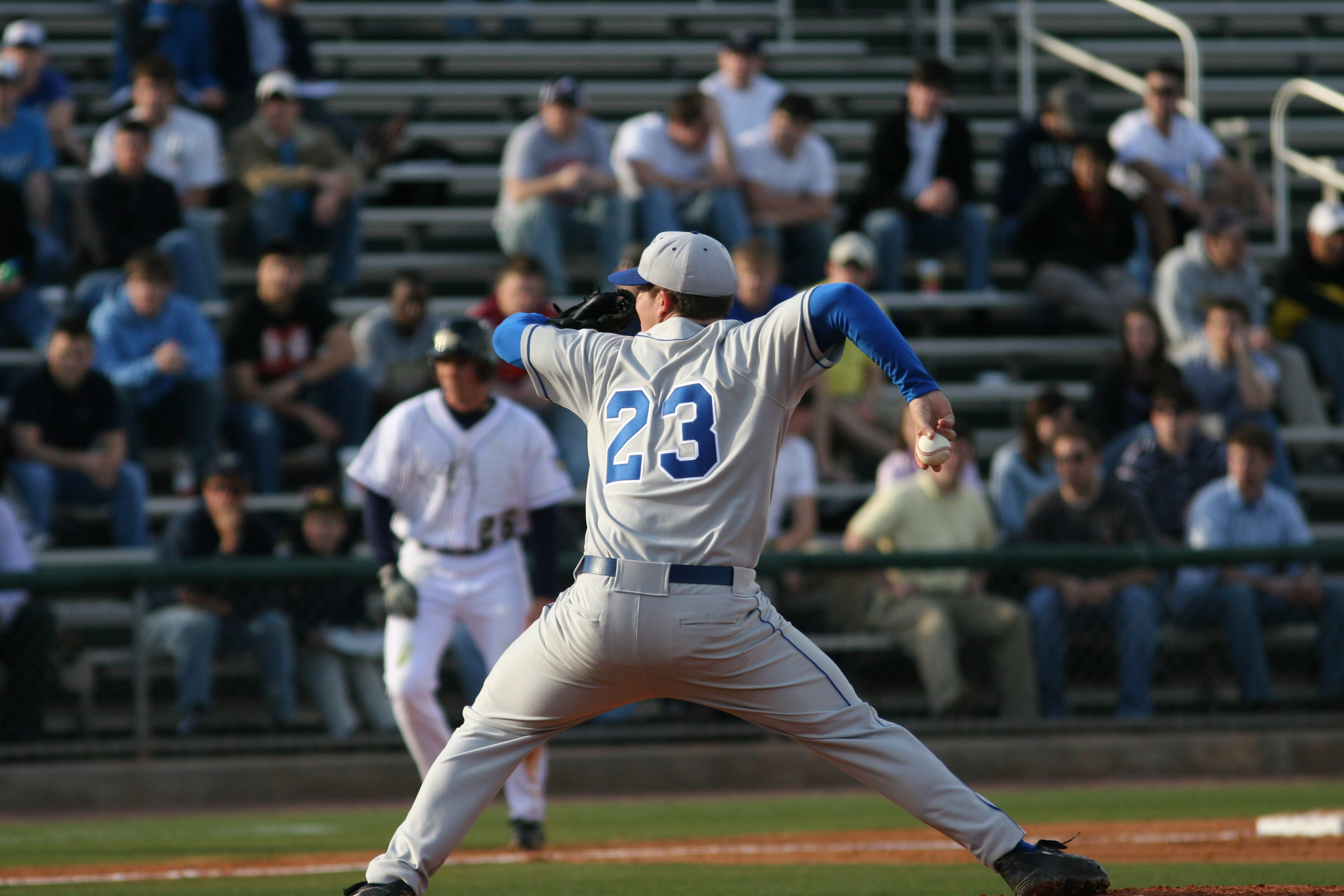
Major League Baseball’s spring training is in full swing which means baseball season here in Central Oregon will soon be underway. As each player and position is vital to the game itself, a pitchers arm is what they rely on. That said throwing happens to be one of the most violent motions in all sports – generating up to 7500 degrees/second of velocity.
From the time the arm swings back to when the hand releases the ball, the pitching motion is the fastest body movement in sports. Like any intense movement placed on the body, stress quickly becomes a factor leaving elite pitchers vulnerable to injury.
Science and baseball have not always fit like a ball and glove, though times are changing and sports medicine is starting to modernize. Historically, the causes of arm pain have had an impressive list of quirky and sometimes unproven explanations. Jeff Passan details in his book “The Arm,” some of the craziest treatments for pitching related injuries that were in effect all the way up to the 1960s. It wasn’t uncommon prior to that time for team doctors to blame sore arms on infected tonsils and bad teeth which let to a stunning number of tonsillectomies and tooth extractions in major league pitchers to try and cure sore arms.
Years later as both science and baseball have progressed, it has become apparent that not only should providers be treating arm pain, but also helping to prevent it. Decreased range of motion, and a combination of poor strength, weak lower extremity and core control and deficient throwing mechanics can all contribute to arm pain when throwing, they are also measurable factors in determining injury risk. Silver lining: Statistical data shows that pitchers growing up in cold climates such as the high desert of Central Oregon, have a greater success rate at high levels of baseball due to the fact those athletes are not throwing year round.
As the winter weather ebbs and flows there are various throwing related exercises that can be done to get the arm and shoulder ready for the season ahead. There have been many versions of these basic exercises often called the “throwers ten” that can all be beneficial. At Rebound and Boss Sports Performance we have come up with our own arm care program targeted towards youth and high school players. These are great exercises for all players to be doing but they should not be all you do to prepare for the season. One great way to determine your injury risk is to have a baseball performance screen done by a baseball specialist at Rebound. This is a way to not only determine injury risk but find out what can be done to maximize performance and velocity through a targeted training program.
For more information please contact Pablo Gomez, PT at our Boss clinic, 541.389.4428
